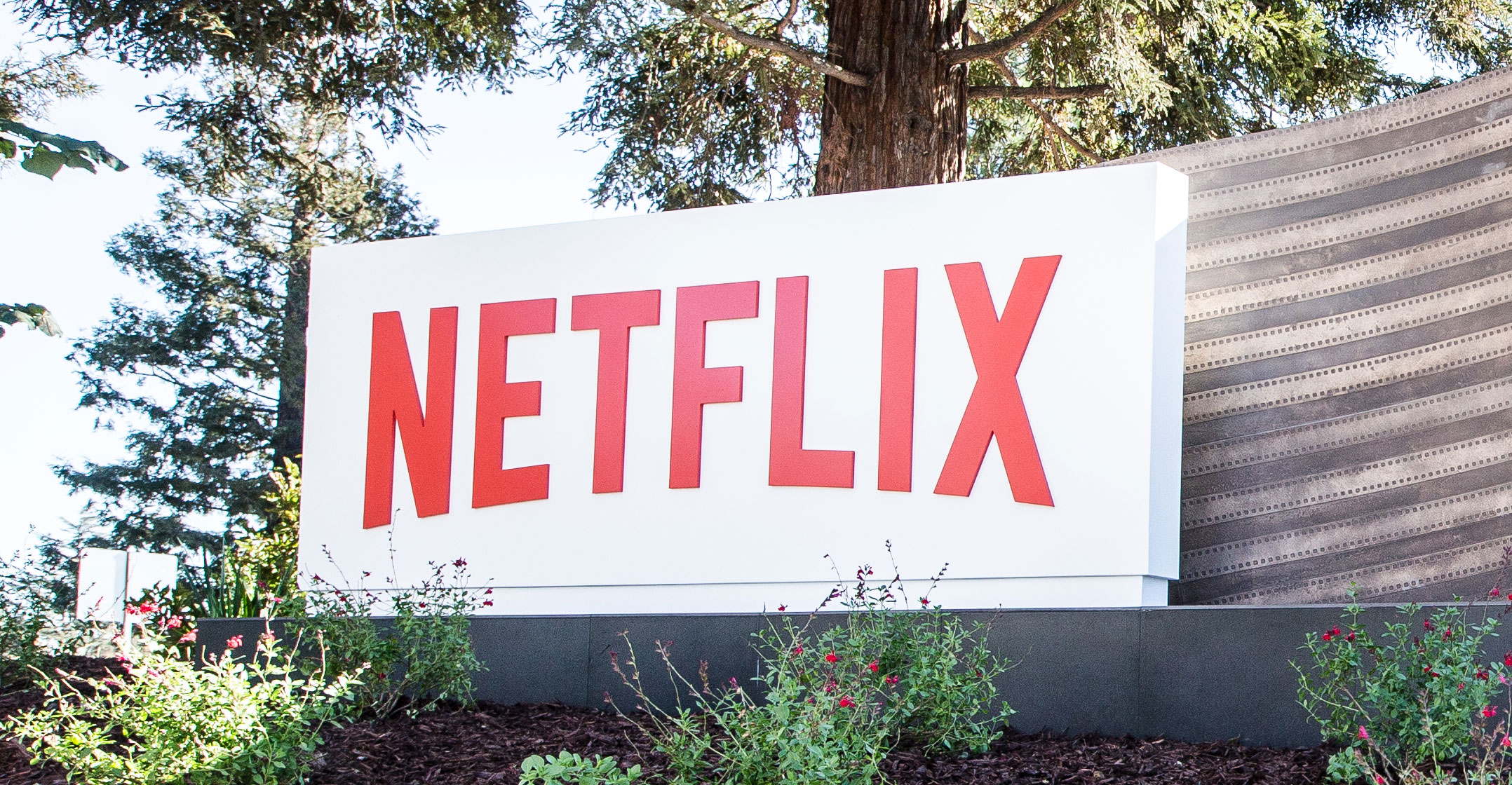
Netflix delivered enough good news on Wednesday to allay concerns about looming competition from Walt Disney and Apple.
The company added 6.77 million subscribers in the third quarter, with stronger-than-expected growth overseas. Earnings also topped Wall Street estimates, letting investors overlook a tepid forecast for the final quarter of the year.
Investors had been bracing for a weak showing after Netflix delivered a disappointing quarter three months ago. The stock had been flagging for weeks. The actual results — though far from perfect — were a relief, sending the shares up as much as 11% in late trading.
“It was a really strong quarter — not just around subscribers, the overall business performance,” chief financial officer Spencer Neumann said in a taped interview with Guggenheim Securities analyst Michael Morris.
International markets account for almost all of Netflix’s growth — and most of its total customers. The world’s largest paid online TV network signed up 6.26 million new users outside the US, beating forecasts. Netflix expects to sign seven million more international customers during the current three months, ending the year with its strongest overseas growth to date.
The company benefited from new seasons of a couple of its most popular shows. The teen science-fiction show Stranger Things was viewed by 64 million households in its first four weeks, making it the most-watched season of original programming on Netflix. A new season of La Casa de Papel, a Spanish heist series, was viewed by 44 million households. It was Netflix’s most-watched show in non-English-speaking countries.
International series
Netflix is looking to stoke demand outside the US by investing more in international original series. The company has already released 100 seasons of local language scripted series from 17 countries, and plans to release more than 130 next year alone.
Overseas markets will be even more important in the face of new competition from Disney, Apple, Comcast and AT&T. All four of those companies will introduce new streaming services in the next few months, starting in the US. While the final three months of the year are typically among the company’s strongest, Netflix expects to add a total of 7.6 million more customers in the fourth quarter — fewer than it did a year ago.
The new services from Disney and Apple both launch next month. The Disney+ platform is geared toward kids and families, with hundreds of movies and shows, including Star Wars, Avengers and Pixar fare. Apple’s product is more adult-orientated and has less content.
 “The launch of these new services will be noisy,” Netflix said in its quarterly letter to investors. “There may be some modest headwind to our near-term growth, and we have tried to factor that into our guidance.”
“The launch of these new services will be noisy,” Netflix said in its quarterly letter to investors. “There may be some modest headwind to our near-term growth, and we have tried to factor that into our guidance.”
The stock has taken a beating lately, dropping 21% since the prior quarter’s miss was announced in July. Even after the latest rally, it’s not back to its mid-year highs, but Netflix has restored the faith of many investors.
Third-quarter revenue grew 31% to US$5.24-billion, just shy of Wall Street projections. Profit increased to $1.47/share, easily beating analysts’ estimates of $1.05. This quarter, the company forecasts earnings of $0.51/share on sales of $5.44-billion. Both are below Wall Street estimates.
Recent price hikes have lifted both profit and revenue. Those increases have slowed subscriber growth in the US, however. Gains in the US last quarter amounted to just 520 000 new accounts, and the company is going to post its weakest growth at home in years, adding just 2.7 million customers this year.
The Los Gatos, California-based company will continue to use the junk-bond market to finance its programming costs, which are expected to total about $15-billion this year.
Netflix didn’t say whether it would increase prices again any time soon. It does plan to test more mobile-only and cheaper plans in poorer countries across Asia, where it has the most room to grow.
“We’re incredibly low-priced compared to cable,” CEO Reed Hastings said. “We’re winning more and more viewing.” — Reported by Lucas Shaw, (c) 2019 Bloomberg LP




